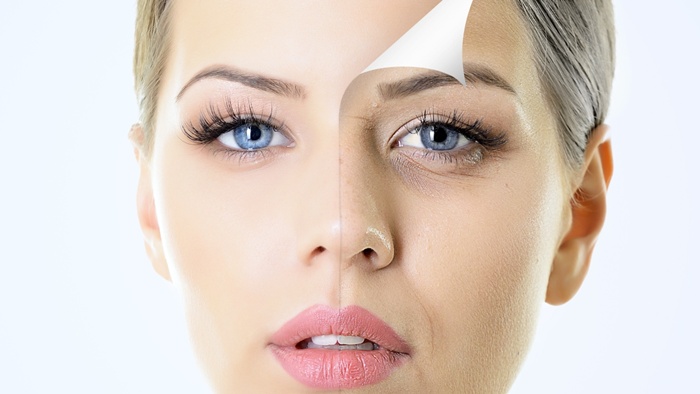
If you’re the kind of person who does their grocery shopping a supermarket, you may have noticed a shift in the words used to label products, from a simple description of what’s in the box, packet, or tube, to an attempt at selling the item on the basis that it promotes “anti-aging”. Almost every product in the pharmaceutical aisle is now, apparently, anti-aging. From tooth-paste that peels back the years and talcum powder guaranteed to rewind the clock, to creams, unguents, and ointments all designed to pump new life and vigour into our appearance. Anti-aging is a big market, if not a confusing one. So, when all is said and done, what actually IS anti-aging? (check out this anti aging clinic in Miami for extra info).
Anti-aging (a definition, of sorts)
Measuring the effectiveness of a given anti-aging therapy is inherently problematic. DO we measure the depth of the wrinkles on a person’s face? Do we attempt to categorise stiffness in joints or energy levels? How about a difference in sleeping pattern or mood that can be directly and unequivocally related to anti-aging measures? Wouldn’t this basically come down to asking the patient how they feel in themselves, and ask them to – as much as such a thing may be possible – give a definitive cause for their perceived healthier or younger perception of themselves?
What we have, then, is a broad acceptance that anti-aging treatments are those that attempt to lengthen a lifespan or improve upon a patient’s age-related ailments in some way. Of course, brands will present studies that show how their specific therapy or treatment has been shown to achieve the desired anti-aging results – but readers must be careful to make sure that the results are published by a reputable source.
Reversing aging – the future
Studies are currently ongoing in the field of anti-aging that should bring a future of treatments and therapies that combine the delivery of anti-aging techniques with lifestyle and diet, resulting in such tremendous progress that at the moment we would only dream of the results (like something out of the realm of science fiction). Repairing cell mitochondria and restoring stem cells are likely to be at the forefront of such research and development.
What’s for certain is that, at the moment, consumers have a variety of anti-aging options from which to pick and choose their route to looking and feeling younger – but not all that glitters is gold. Take the best advice you can.